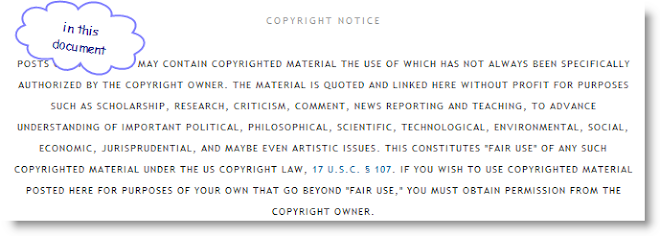The Many Faces of Mars: Scientific American
What we have discovered is that Mars has experienced a striking diversity of processes and conditions throughout its history. The Mars we are coming to know has embraced environments ranging from bone-dry to soaking wet to blanketed with snow and ice. Simple labels no longer fi t. Rather than “warm” or “cold,” we ask: How warm? How wet? For how long? Where? The emerging answers bear on what compels so many of us to study the Red Planet: its potential for harboring life, either now or in the past.
Monday, November 17, 2008
He'll Pay for That: Scientific American (archiving magaznie articles 7/2005)
He'll Pay for That: Scientific American:
"The Kavli Foundation began relatively quietly by contributing $7.5 million to a center for theoretical physics at the University of Santa Barbara in 2001 and then to an institute for particle astrophysics and cosmology at Stanford University. A year ago the foundation joined the ranks of notable small grantors by making endowments to eight more institutes at major universities. But instead of following the funding trend toward seeking nearer-term, measurable returns, the foundation pays for nondirected research in its three areas of interest: astrophysics, nanoscience and neuroscience. After Kavli finds the right people and institutions, it's hands-off. He just asks for an annual report and the occasional invitation to a lecture or event."
"The Kavli Foundation began relatively quietly by contributing $7.5 million to a center for theoretical physics at the University of Santa Barbara in 2001 and then to an institute for particle astrophysics and cosmology at Stanford University. A year ago the foundation joined the ranks of notable small grantors by making endowments to eight more institutes at major universities. But instead of following the funding trend toward seeking nearer-term, measurable returns, the foundation pays for nondirected research in its three areas of interest: astrophysics, nanoscience and neuroscience. After Kavli finds the right people and institutions, it's hands-off. He just asks for an annual report and the occasional invitation to a lecture or event."
This Germ Could Save Your Life | Popular Science (archiving magazine articles)
This Germ Could Save Your Life | Popular Science: "The trouble was that Hillman now had a true transgenic—an organism that expressed the genes of two different species. The prospect of tests in humans meant that he had to go to the FDA for approval. The FDA eventually referred his case to the National Institutes of Health’s Recombinant DNA Advisory Committee, created in 1974 in response to public concern over the safety of interspecies gene transfer. The committee, which includes ethicists and patients as well as scientists and physicians, reviews any application for a transgenic intended to be used outside a sealed laboratory.
In 2004, the committee gave Hillman the green light. Usually, this is enough for full FDA approval. But not this time. FDA regulators asked Hillman to cripple his bug to guarantee that it could be removed should it ever cause problems. “When we asked them what kind of problems, they had no idea,” he recalls. “I guess we were setting a precedent.”
The regulators saw a genetically modified bacteria that was robust enough to take over any person’s mouth, and they were worried about its unchecked spread. Their decision reflected a common criticism of GMO biotherapeutics. “The main problem . . . is that [GMOs] are usually poorly contained,” argues geneticist Joe Cummins. Recently retired from"
In 2004, the committee gave Hillman the green light. Usually, this is enough for full FDA approval. But not this time. FDA regulators asked Hillman to cripple his bug to guarantee that it could be removed should it ever cause problems. “When we asked them what kind of problems, they had no idea,” he recalls. “I guess we were setting a precedent.”
The regulators saw a genetically modified bacteria that was robust enough to take over any person’s mouth, and they were worried about its unchecked spread. Their decision reflected a common criticism of GMO biotherapeutics. “The main problem . . . is that [GMOs] are usually poorly contained,” argues geneticist Joe Cummins. Recently retired from"
Labels:
Cancer,
crohn's,
E. coli.,
genetically modified organism,
Genetics
Subscribe to:
Posts (Atom)

